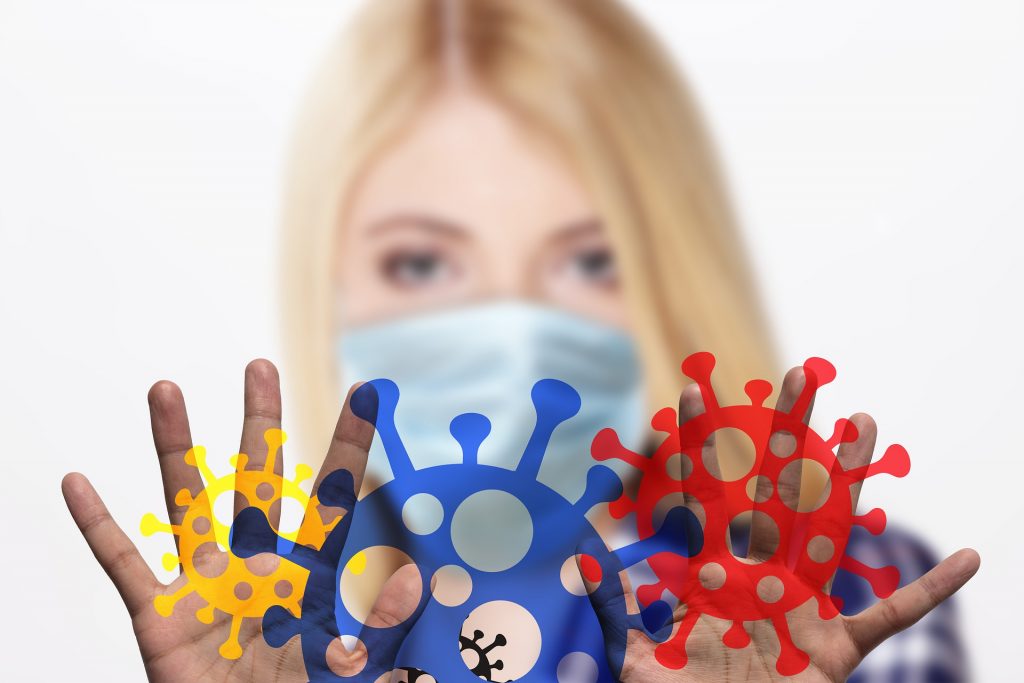




Indoor surfaces are disinfected utilizing various technologies based on e.g. chemical disinfectants, UV light and visible light. Antimicrobial materials are used to lower the microbial burden on surfaces and moist environments. Chemical disinfectants and UV light are applicable also to water phase.
The mechanisms of these methods to kill microbes or reduce their number vary a lot. Basically, the following four mechanisms are described (see below). One method like disinfectant can utilize one or even four of these mechanisms.
Protein damage: Proteins are essential for the biological systems of life. Any damage to these components causes the failure of essential microbial functions such as energy production.
Cell membrane damage: By disrupting the membrane of a microbe, its structural integrity is compromised, which can cause essential nutrients to leak out and catastrophic structural failure.
Oxidative damage: Antimicrobials can cause increased levels of reactive oxygen species (ROS), which result in damage to the internal systems of the microbe.
DNA interference: The genetic material of the bacteria is disrupted, ultimately stopping the bacteria from being able to replicate by blocking the copying of their genetic material.

Maillard, JY. Bacterial target sites for biocide action. Journal of Applied Microbiology. 2002, 92(1): 16S-27S. https://doi.org/10.1046/j.1365-2672.92.5s1.3.x
Shaikh, S. et al. Mechanistic Insights into the Antimicrobial Actions of Metallic Nanoparticles and Their Implications for Multidrug Resistance. International Journal of Molecular Sciences. 2019, 20(10). 2468. https://doi.org/10.3390/ijms20102468